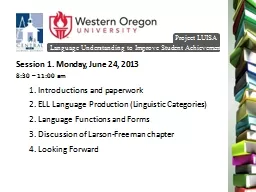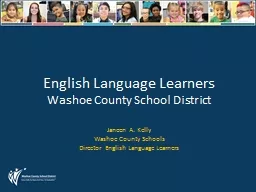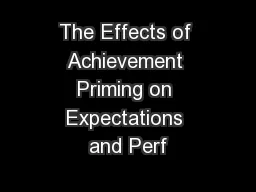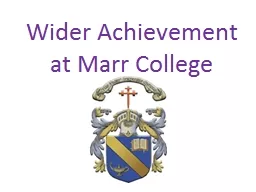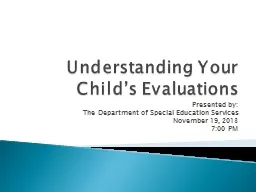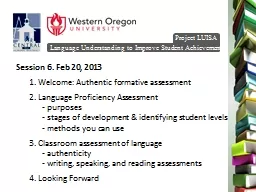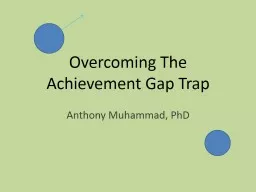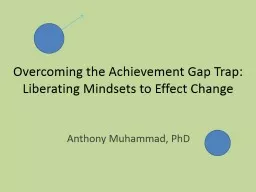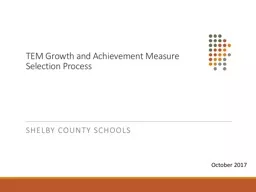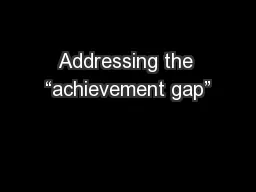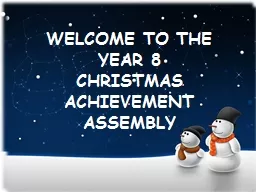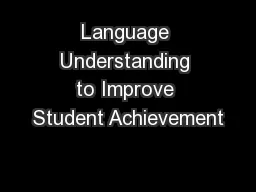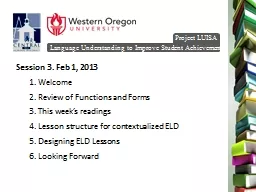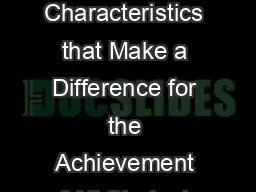PPT-Language Understanding to Improve Student Achievement
Author : alexa-scheidler | Published Date : 2018-10-27
Project LUISA Session 1 Monday June 24 2013 830 1100 am 1 Introductions and paperwork 2 ELL Language Production Linguistic Categories 2 Language Functions
Presentation Embed Code
Download Presentation
Download Presentation The PPT/PDF document "Language Understanding to Improve Studen..." is the property of its rightful owner. Permission is granted to download and print the materials on this website for personal, non-commercial use only, and to display it on your personal computer provided you do not modify the materials and that you retain all copyright notices contained in the materials. By downloading content from our website, you accept the terms of this agreement.
Language Understanding to Improve Student Achievement: Transcript
Download Rules Of Document
"Language Understanding to Improve Student Achievement"The content belongs to its owner. You may download and print it for personal use, without modification, and keep all copyright notices. By downloading, you agree to these terms.
Related Documents

